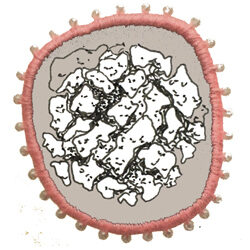Today I read ‘The Fossils and The Bones,’ chapter 3 of Povinelli’s Geontologies (2016). Amazing! Related to the talk she gave at PAF, but more precise, sharply observed. It raises issues that seemed to me to resonate with your enigmatic term ‘Better Spectres,’ which I propose is a more suitable name for this project). She talks about how certain relations between life and non-life give rise to ‘manifestations’ in a world, that Povinelli argues contra to much of Speculative Realist thought which considers non-life as indifferent, is rather ‘intensely interested.’ Therefore when things are manifest or revealed, one is somehow compelled to be attentive, work out what it necessitates and act accordingly. For example, upon the revealing at low tide (karrabing) of a cave that contains a durlg bone:
The durlgmö may have buried itself as a statement of anger or jealousy … To avoid the malevolent effects of such jealousy one had to show one cared by going through the effort of visiting, talking about and interpreting the desires of things. One had to protect them from being unhinged and distended. Thus Bilawag told me not to tell any other white people where the bones were lest they come and dig them up, crate them up, and take them away. (p. 62)
Soon after, following an example of human bones being found in a mangrove Povinelli writes:
White people would be too quick to remove them, too numb to feel a non-human aboutness, towardness, wantness. They would instead rapidly isolate them, disrupting the coordination, orientation and obligation of existents that creates the in sutu. A double alienation threatened—in the sense of property law and the affective attachment of existents. (p. 69)
Povinelli threads through her observations a critique of Meillassoux’s trope of the arche-fossil. It’s good!
I coupled my reading with a trip to the amber museum, to see some of the local fossils. I was struck by some of the ‘jewelry’—amulets, ornaments, etc—of the local people from the neolithic period. The lady at the museum told me they were used for good luck, to ward off evil and also for their healing properties. They were also included in burial offerings.


